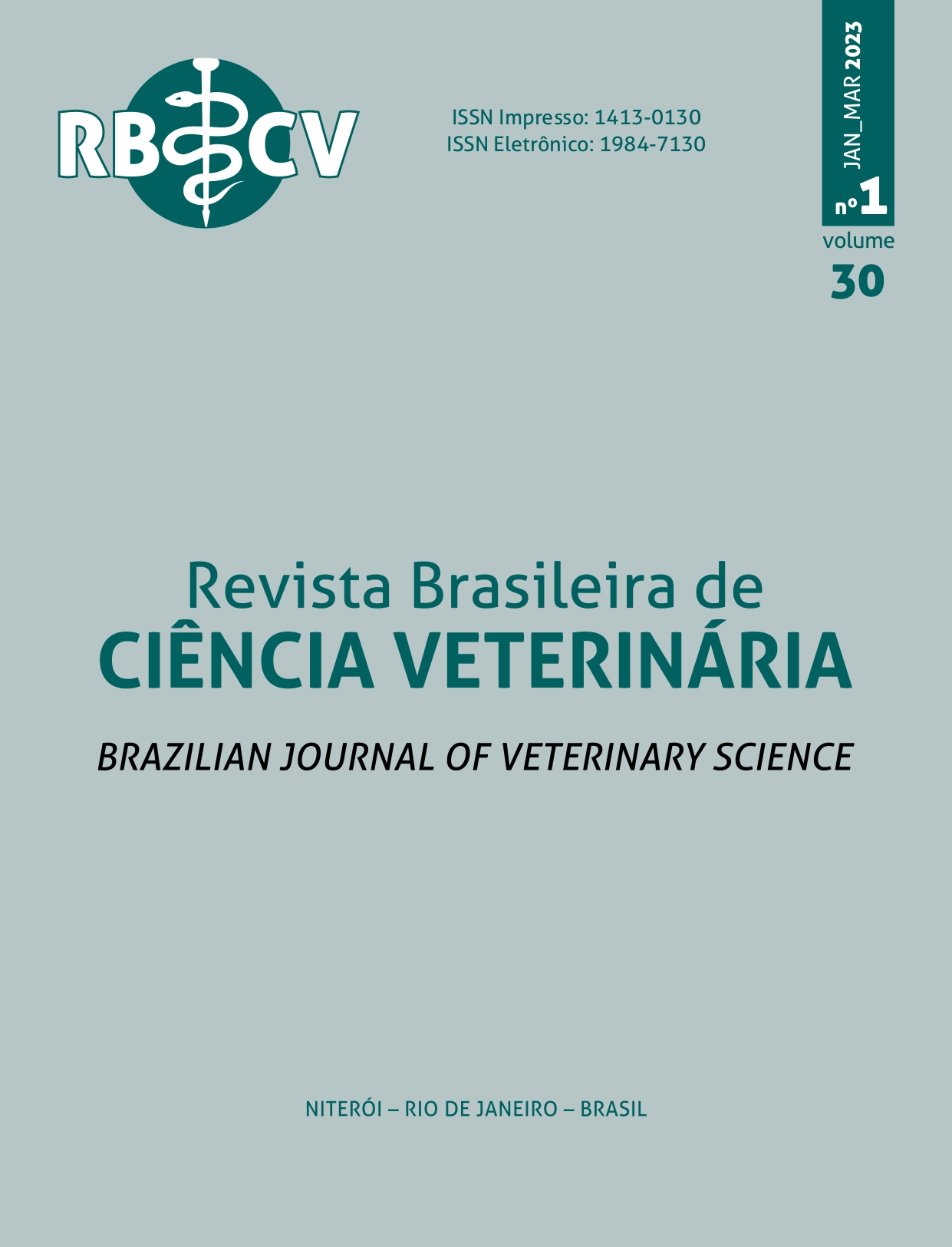External morphology and biometry of newborn agouti (Dasyprocta prymnolopha, Wagler 1831)
Palabras clave:
gross anatomy, offspring, precocious animals, wild rodentResumen
Morphological features are essential to assess neonates’ viability. In order to characterize the morphology and biometry of newborn agouti 36 animals were evaluated born at 103 days in captivity at the UFPI, Teresina, Brazil. After birth, the newborns were weighed on digital precision scales, measured with a flexible tape measure and their external morphology was assessed. The observed animals presented coat color trait of adults, open eyes, hairs in the nasal region and four incisor teeth. The forelimbs had developed four digits and the hind limbs three digits, with white edged claws and a short hairless tail. The following were observed: weight of 144.58 ± 33.39g and lengths: crown-rump 14.73 ± 1.82cm, total 19.88 ± 1.52cm, head to tail 16.95 ± 1.55cm, head 7.33 ± 0.59cm, thoracic girth 11.78 ± 1.36cm, abdominal girth 10.73 ± 1.21cm, tail length 1.18 ± 0.25cm, eye diameter 1.27 ± 0.27cm and ear length 0.21 ± 0.35cm. The agoutis presented morphological maturity at birth with external morphology very similar to that of the adult animals. Most of the births in this species are the double type and newborns that weigh more than 90g have better chances of survival in captivity.


